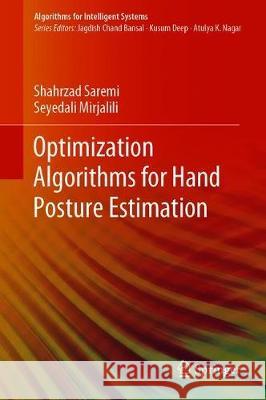Optimisation Algorithms for Hand Posture Estimation » książka
topmenu
Optimisation Algorithms for Hand Posture Estimation
ISBN-13: 9789811397561 / Angielski / Twarda / 2019 / 205 str.
Optimisation Algorithms for Hand Posture Estimation
ISBN-13: 9789811397561 / Angielski / Twarda / 2019 / 205 str.
cena 484,18
(netto: 461,12 VAT: 5%)
Najniższa cena z 30 dni: 462,63
(netto: 461,12 VAT: 5%)
Najniższa cena z 30 dni: 462,63
Termin realizacji zamówienia:
ok. 22 dni roboczych
Bez gwarancji dostawy przed świętami
ok. 22 dni roboczych
Bez gwarancji dostawy przed świętami
Darmowa dostawa!
Kategorie:
Kategorie BISAC:
Wydawca:
Springer
Seria wydawnicza:
Język:
Angielski
ISBN-13:
9789811397561
Rok wydania:
2019
Wydanie:
2020
Numer serii:
000925819
Ilość stron:
205
Waga:
0.58 kg
Wymiary:
23.5 x 15.5
Oprawa:
Twarda
Wolumenów:
01











